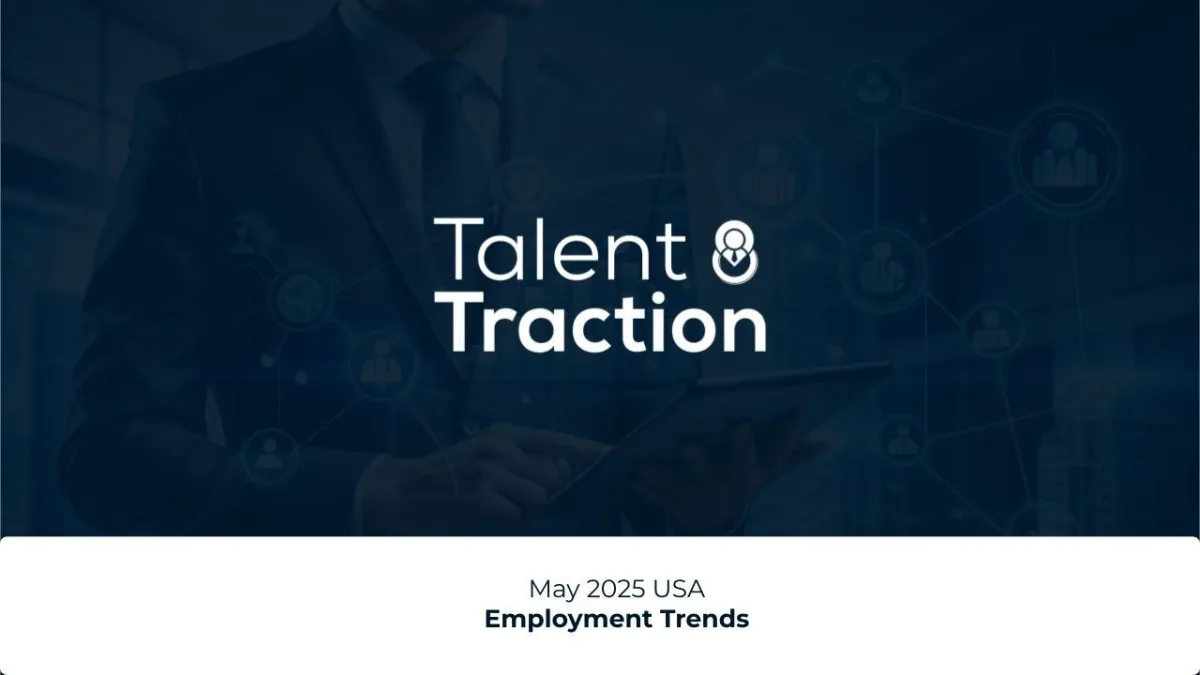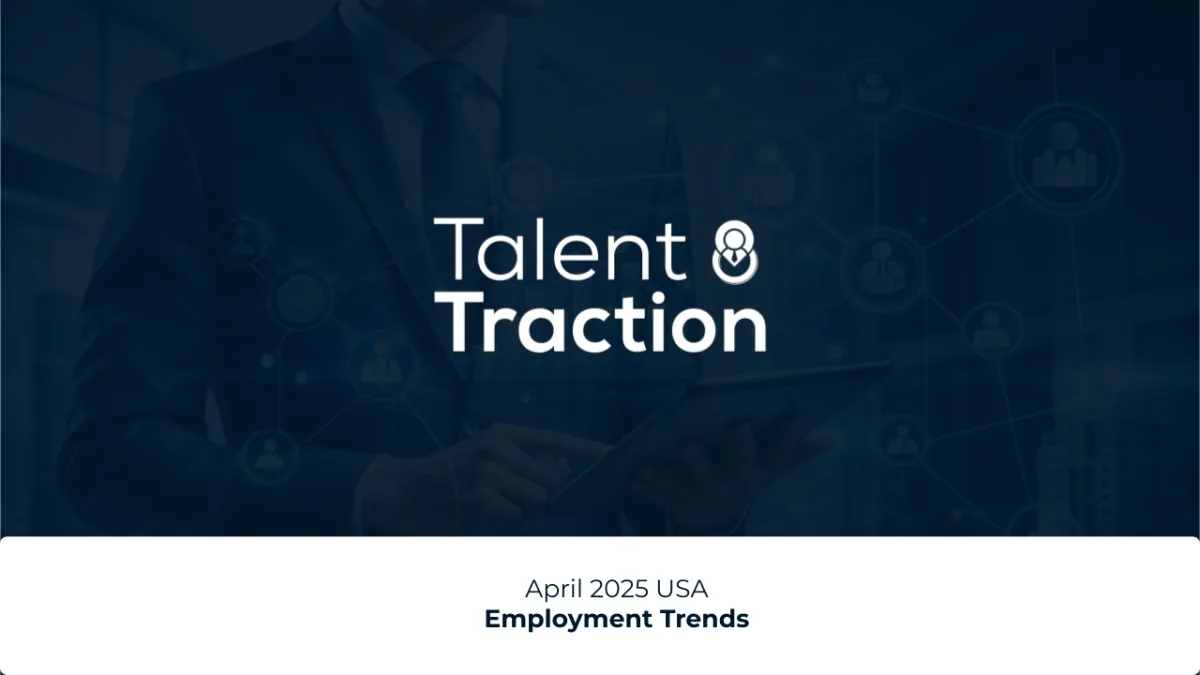Cultural Differences
These differences encompass diverse customs, standards, and expectations among employees from various backgrounds. They also involve challenges related to assimilation, misunderstandings stemming from language barriers, and sometimes, cultural rigidity. In certain cultures, it is customary to be expressive in a non-native language, which may be viewed by traditional Americans as overly aggressive or unprofessional. Additionally, when leadership communicates in their native language in front of the local workforce, it can create a sense of exclusion and further fragment the team. Conversely, some cultures may rely less on verbal or emotional expression, which can confuse and alienate American workers.
Multinational Experience
In many cases, global headquarters make most decisions, requiring their approval for many actions taken by subsidiaries. While business needs differ among corporations, centralized decision-making can create significant bottlenecks for operational decisions, such as hiring when headcounts and target salaries have already been approved for certain roles. This issue extends to sales and marketing strategies, as HQ executives outside the U.S. may lack an understanding of how marketing and branding function in each country. Excessive oversight can stifle innovative initiatives that could enhance their brands in the U.S., thus hindering growth. Such issues impact the candidate experience and employee retention.
Reaction Time
Multinational corporations often struggle with slow reaction times due to processes that necessitate input from multiple parties and layers of management for decision-making or implementing changes. Hiring processes can be lengthy, with minimal communication or feedback for extended periods. The marketplace takes notice! Candidates share their experiences—both positive and negative—with their peers. A negative experience can deter qualified applicants from considering employment with a company.
The Solution
Cultural Differences
Leadership in multinational firms must grasp the markets they operate within. When marketing their brands in the U.S., they should foster cross-cultural understanding and provide equal opportunities for all employees. A straightforward adjustment to bridge cultural gaps could be as simple as avoiding the use of non-English languages in front of American staff, which can significantly boost morale. Demonstrating appreciation for the American workforce by sponsoring team-building activities will foster inclusion and allow leadership to connect with employees. Cultivating a positive work culture can yield substantial long-term returns on investment.
Multinational Experience
In the U.S., selling is highly price competitive compared to other regions. In a decision-making economy that values high stakes, brands must engage in aggressive marketing to stay competitive. This effort relies heavily on U.S. human capital to generate innovative ideas that drive product promotion and sales. An open-door policy that encourages employees to speak with senior leadership about process improvements will foster a sense of inclusion and contribution. This approach will help retain top talent, as they will feel invested in the brand’s key decision-making processes.
Reaction Time
U.S. leadership should be granted greater autonomy over everyday decision-making within their own markets. For instance, implementing Standard Operating Procedures (SOP) for hiring processes is crucial. In a candidate-short economy, organizations need to ensure a smooth and efficient candidate experience. Global HQ approval should not be necessary for standard or entry-level hiring decisions, and candidates should not have to wait weeks for feedback from potential employers. A straightforward solution is to establish SOPs that ensure all candidates receive communication after a reasonable period. If a position is closed or no decision has been reached, it is the company’s responsibility to maintain open communication lines and full transparency.
These three challenges are widespread in many modern corporations. A few internal adjustments can significantly enhance employee retention and improve external perceptions among candidates. Awareness of perception is vital in a landscape where top talent is scarce.




